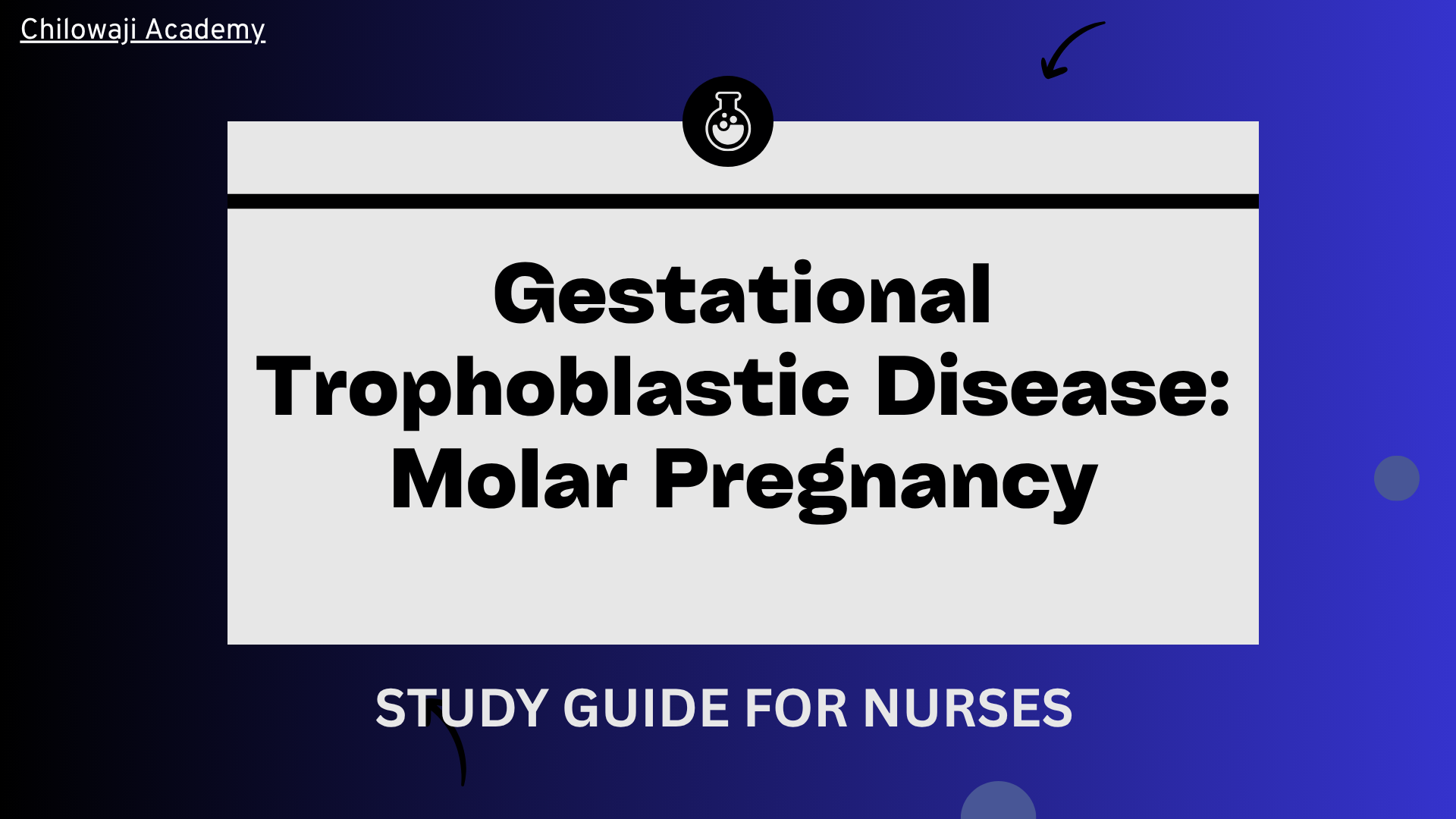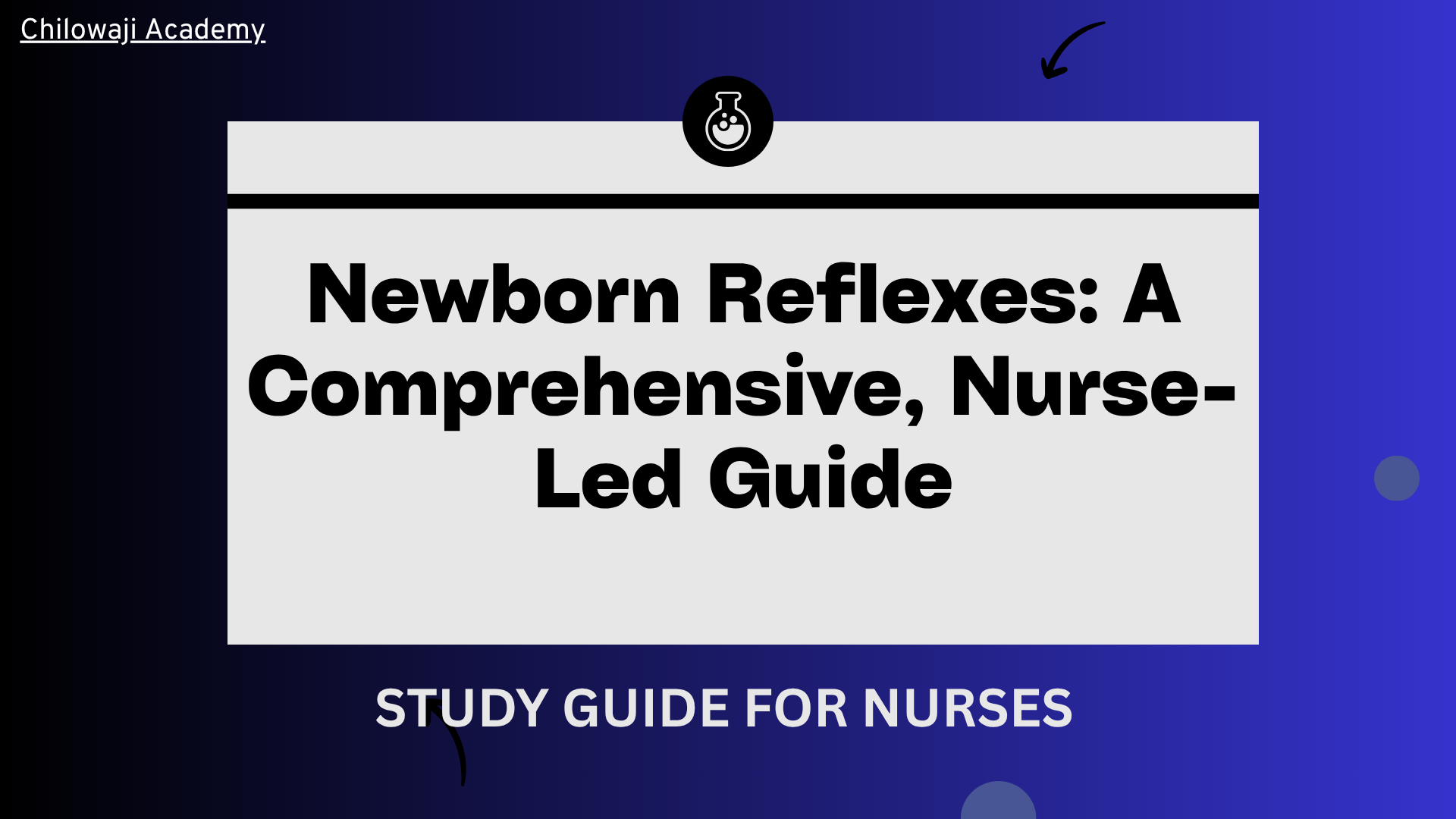Introduction
A thyroidectomy, the surgical removal of part or all of the thyroid gland, is a procedure performed for various thyroid disorders, including thyroid cancer, hyperthyroidism, or large goiters. Nursing management throughout the perioperative period is crucial for ensuring patient safety, promoting optimal outcomes, and facilitating a smooth recovery. This comprehensive guide outlines key nursing considerations at each stage of the thyroidectomy process.
Preoperative Nursing Management:
A. Nursing Assessment:
- Thorough health assessment:
- Conduct a comprehensive health assessment, focusing on the patient’s thyroid function, symptoms, and any associated comorbidities.
- Assess the patient’s respiratory status, particularly if the thyroid enlargement is causing airway compression.
- Psychosocial Assessment:
- Evaluate the patient’s emotional and psychological well-being, addressing any anxiety or concerns related to the surgery.
- Identify support systems and coping mechanisms in place.
- Baseline Vital Signs:
- Obtain baseline vital signs, including blood pressure, heart rate, respiratory rate, and temperature.
- Assess for any deviations from normal values that may require preoperative intervention.
B. Preoperative Education:
- Procedure Explanation:
- Provide detailed information about the thyroidectomy procedure, its purpose, potential risks, and expected outcomes.
- Address any misconceptions and ensure the patient has realistic expectations.
- Preoperative Instructions:
- Instruct the patient on preoperative preparations, including fasting guidelines, medication restrictions, and hygiene practices.
- Clarify any specific preoperative tests or imaging required.
- Postoperative Expectations:
- Educate the patient on postoperative care, including the potential for changes in thyroid hormone levels, scar care, and dietary adjustments.
- Discuss the importance of adhering to postoperative follow-up appointments.
C. Informed Consent:
- Consent Process:
- Ensure the patient fully understands the thyroidectomy procedure, associated risks, and alternatives before obtaining informed consent.
- Verify that the consent form is signed and witnessed according to institutional protocols.
- Documenting Consent:
- Document the informed consent process in the patient’s medical record, including any specific concerns or questions addressed.
Intraoperative Nursing Management:
A. Preoperative Preparation:
- Preoperative Checklist:
- Collaborate with the surgical team to complete a preoperative checklist, ensuring all necessary preparations are in place.
- Verify patient identification, surgical site, and the correct procedure using established protocols.
- Preoperative Medications:
- Administer preoperative medications as prescribed, including anesthesia induction agents and antibiotics.
- Monitor the patient’s response to medications and report any adverse reactions to the anesthesia provider.
B. Intraoperative Monitoring:
- Vital Signs Monitoring:
- Continuously monitor vital signs throughout the surgery, including blood pressure, heart rate, respiratory rate, and oxygen saturation.
- Report any significant changes promptly to the anesthesia provider and surgical team.
- Blood Loss Monitoring:
- Monitor blood loss during the thyroidectomy procedure and communicate with the surgical team about any significant bleeding.
- Prepare for potential blood transfusions according to institutional protocols.
- Positioning:
- Ensure the patient is positioned correctly on the operating table to provide optimal access for the surgical team.
- Utilize pressure-relieving devices and padding to prevent intraoperative complications such as pressure ulcers.
Postoperative Nursing Management:
A. Immediate Postoperative Care:
- Recovery Room Care:
- Transfer the patient to the recovery room and closely monitor vital signs.
- Assess for emergence from anesthesia, pain levels, and any signs of postoperative complications.
- Pain Management:
- Implement the prescribed pain management plan, including analgesics and any patient-controlled analgesia (PCA) devices.
- Use a pain assessment scale to evaluate pain intensity and adjust interventions accordingly.
- Fluid and electrolyte balance:
- Monitor fluid intake and output to assess the patient’s hydration status.
- Address any imbalances promptly and collaborate with the healthcare team for interventions.
B. Postoperative Education:
- Wound Care Instructions:
- Provide detailed instructions on caring for the surgical incision, including hygiene, dressing changes, and signs of infection.
- Emphasize the importance of reporting any unusual symptoms promptly.
- Activity and Mobility:
- Instruct the patient on postoperative activity restrictions, gradual resumption of normal activities, and proper neck support.
- Encourage early ambulation to prevent complications such as deep vein thrombosis.
- Emotional Support:
- Offer emotional support to address any emotional or psychological responses to the surgery.
- Facilitate open communication and provide resources for counseling or support groups if needed.
C. Complications Monitoring:
- Monitoring vital signs:
- Continue monitoring vital signs regularly in the postoperative period to detect any signs of complications.
- Collaborate with the healthcare team to address any abnormal findings promptly.
- Pain and Comfort:
- Assess pain levels regularly and adjust pain management interventions as needed.
- Be vigilant for signs of infection, hematoma formation, or other complications related to the surgical site.
- Thyroid hormone levels:
- Monitor thyroid hormone levels and collaborate with endocrinologists to manage any changes in thyroid function.
- Educate the patient on the potential need for thyroid hormone replacement therapy.
Discharge Planning and Follow-up:
A. Discharge Education:
- Medication Management:
- Provide detailed instructions on prescribed medications, including postoperative analgesics and any thyroid hormone replacement therapy.
- Review the importance of adherence to the prescribed regimen.
- Wound Care and Follow-up:
- Reinforce wound care instructions and schedule follow-up appointments for wound assessment and removal of sutures.
- Provide contact information for any questions or concerns that may arise after discharge.
- Activity Restrictions:
- Discuss ongoing activity restrictions, gradual resumption of normal activities, and the importance of following the healthcare provider’s recommendations.
- Provide guidance on signs that indicate the need for medical attention.
B. Emotional Well-Being:
- Psychosocial Support:
- Address the patient’s emotional well-being, acknowledging potential concerns related to changes in thyroid function and body image.
- Offer resources for counseling or support groups to assist with the emotional recovery process.
- Patient Satisfaction:
- Evaluate patient satisfaction with the overall care received during the thyroidectomy process.
- Seek feedback to identify areas for improvement in nursing care and communication.
C. Follow-up and Long-term Care:
- Thyroid Function Monitoring:
- Emphasize the importance of regular follow-up appointments and thyroid function tests to monitor long-term thyroid health.
- Collaborate with endocrinologists for ongoing management of thyroid disorders.
- Patient Advocacy:
- Advocate for the patient’s needs and concerns, facilitating communication with the healthcare team.
- Encourage ongoing patient engagement in their healthcare and decision-making.
Conclusion
The nursing management of thyroidectomy involves a comprehensive and patient-centered approach. By providing thorough preoperative education, attentive intraoperative care, and meticulous postoperative support, nurses play a crucial role in facilitating a positive surgical experience and promoting optimal outcomes for patients undergoing thyroidectomy.
Read more: Nursing Care Plans
Read more: Nursing Management of Laminectomy: A Comprehensive Approach








[…] Read more: Nursing Management of Thyroidectomy: Holistic Patient Care […]